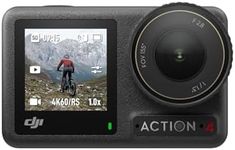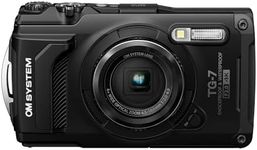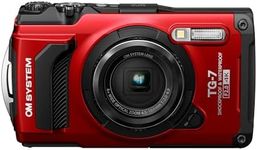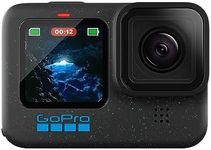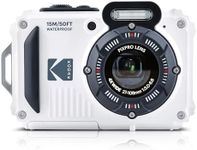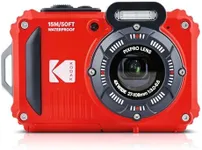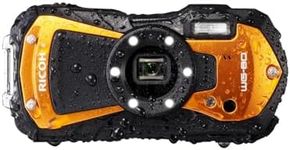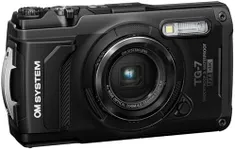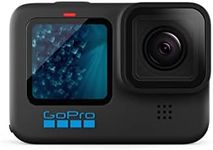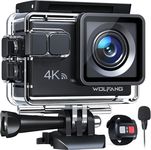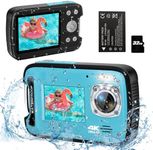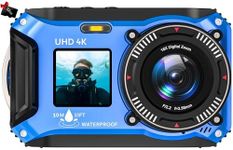Buying Guide for the Best Waterproof Cameras
Choosing the right waterproof camera involves understanding your specific needs and the environments in which you'll be using the camera. Whether you're planning to capture underwater adventures, document rainy hikes, or simply want a camera that can withstand splashes, knowing the key specifications will help you make an informed decision. Consider where and how often you'll be using the camera, as well as the types of photos or videos you want to capture. This will guide you in selecting features that match your requirements.Waterproof Depth RatingThe waterproof depth rating indicates how deep underwater the camera can safely be used without damage. This is crucial for underwater photography or videography. Cameras typically range from being splash-proof to being able to withstand depths of 10 meters or more. If you plan to use the camera for snorkeling or shallow diving, a lower depth rating may suffice. For deeper dives, look for cameras with higher depth ratings to ensure they can handle the pressure.
Image QualityImage quality is determined by the camera's sensor and resolution, affecting how clear and detailed your photos and videos will be. Higher resolution cameras capture more detail, which is important for enlarging images or capturing intricate underwater scenes. If you're a casual user, a camera with moderate resolution will be adequate. For professional or high-quality needs, opt for cameras with higher resolution and advanced sensors.
DurabilityDurability refers to the camera's ability to withstand physical impacts, such as drops or knocks, in addition to being waterproof. This is important for outdoor and adventure use where the camera might be exposed to rough conditions. Cameras with rugged designs and shockproof features are ideal for active users who plan to use the camera in challenging environments. If your use is more casual, a standard waterproof camera may be sufficient.
Battery LifeBattery life determines how long the camera can operate before needing a recharge. This is important for extended use, especially when you're away from power sources. Cameras with longer battery life are beneficial for day-long adventures or trips. Consider your usage patterns; if you plan to use the camera for long periods without access to charging, prioritize models with extended battery life.
Ease of UseEase of use encompasses the camera's interface, controls, and features that make it user-friendly. This is important for ensuring you can quickly and easily capture moments without fumbling with settings. Cameras with intuitive controls and simple menus are ideal for beginners or those who prefer straightforward operation. If you're more experienced, you might appreciate cameras with advanced features and manual controls.
ConnectivityConnectivity options, such as Wi-Fi or Bluetooth, allow you to easily transfer photos and videos to other devices or share them online. This is important for users who want to quickly share their adventures or edit photos on the go. If you value instant sharing and connectivity, look for cameras with robust wireless features. For those who prefer traditional methods, basic connectivity might be sufficient.
